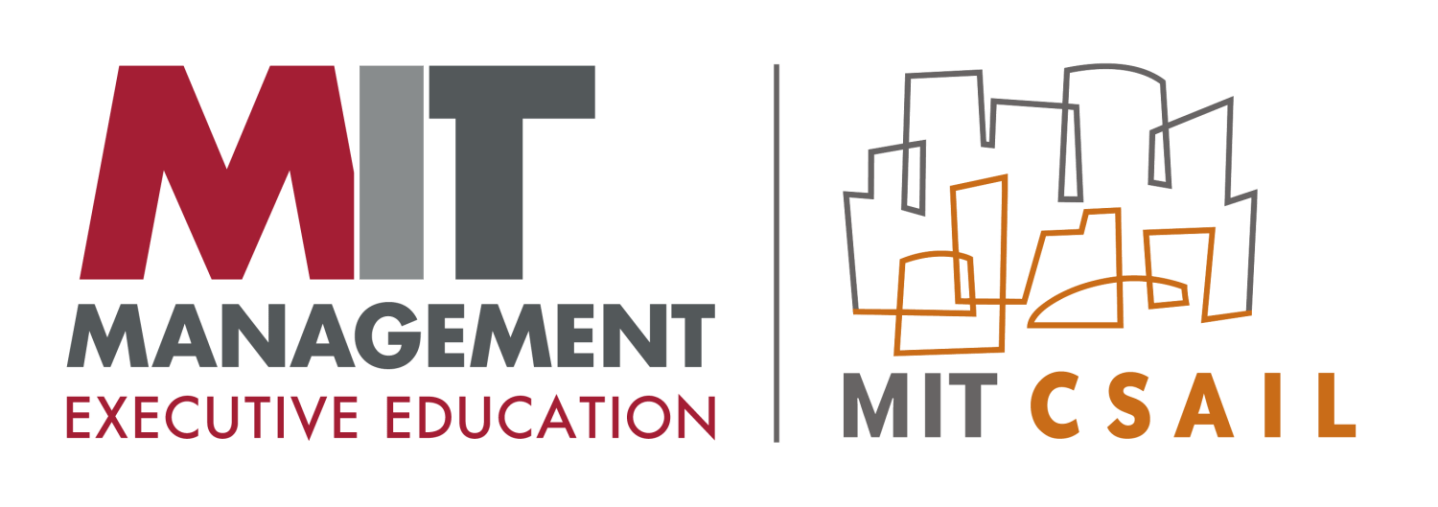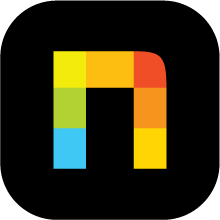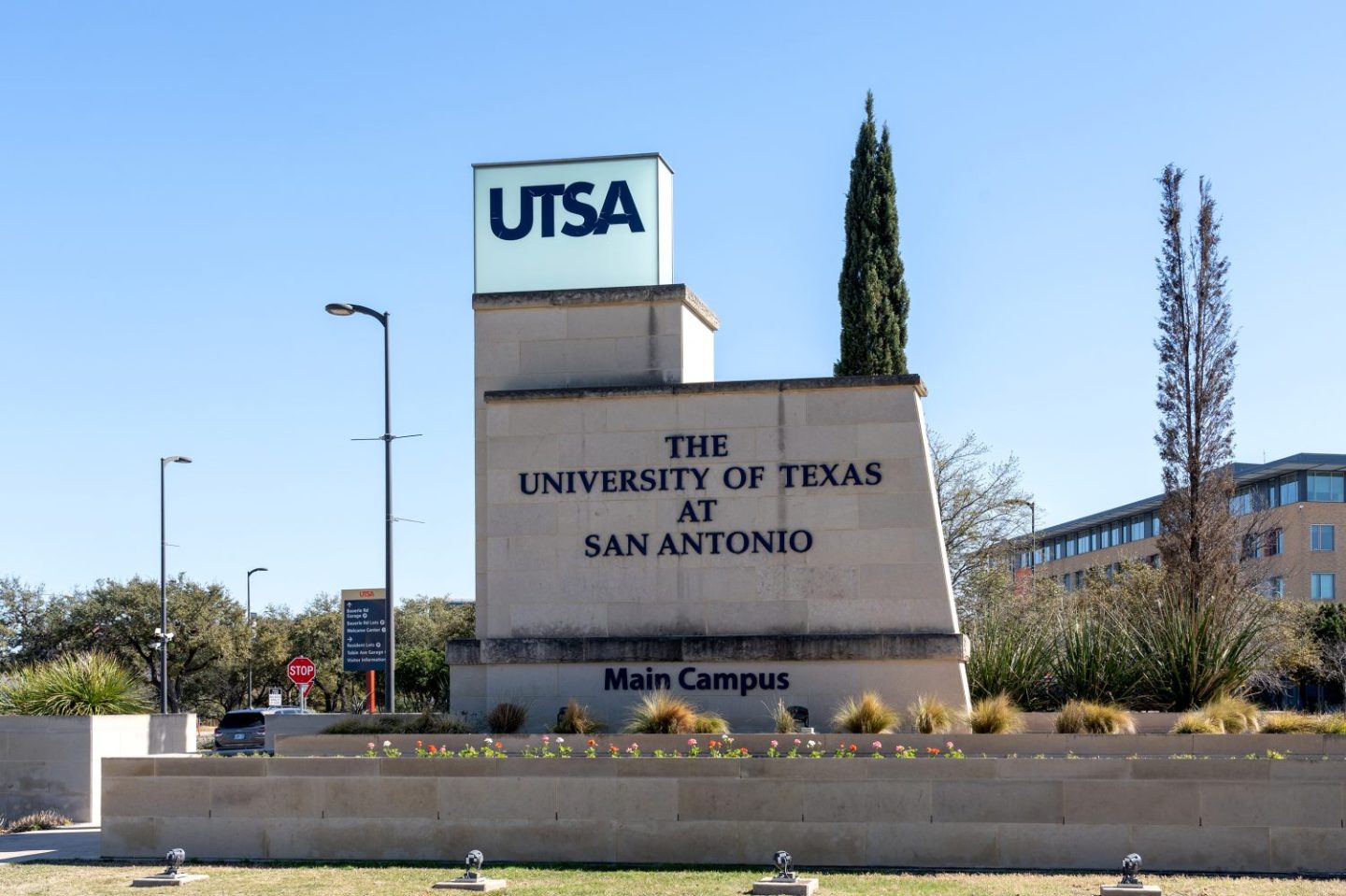In San Antonio, education leaders believe AI is going to play an immense role in the future of healthcare.
The University of Texas at San Antonio, in conjunction with UT Health San Antonio, is launching the first-of-its-kind dual degree in medicine and AI to uniquely train the next generation physicians at the forefront of the tech world.
Join a global network of thought leaders and innovators. Understand the changes required across your organization to drive successful AI adoption.

During the course of the new five-year program, students will obtain a doctor of medicine (MD) as well as a master of science in artificial intelligence (MSAI). In between students’ third and fourth year of medical school, they’ll take a gap year to focus on the AI master’s degree component.
Dr. Ronald Rodriguez is a professor of medical education at UT Health San Antonio and director of the new dual degree.
“This new program allows medical students to get a formal education in the principles and application of artificial intelligence, specifically in healthcare. And so unlike other programs that are being developed or have been developed, this is an integrated effort between two campuses,” he tells Fortune.
The program is designed to provide students with a foundational skill set in AI and the knowledge of how to deploy it in real-world medical scenarios.
“Our program actually empowers the physicians to lead the conversation on how AI can be used for healthcare, whether it’s clinical diagnostics, whether it’s disease prognosis, personalized treatments, or treatment planning,” says Dhireesha Kudithipudi, a professor in electrical and computer engineering who was tasked with helping develop the university’s AI curriculum.
Transcending educational boundaries
Ambika Mathur is senior vice provost and the dean of the Graduate School at the University of Texas at San Antonio. She coordinated the development of the program across the university and medical school.
She believes AI in healthcare will soon play an instrumental role not just in electronic record keeping but also in personalized healthcare and precision medicine—all of which will especially benefit the San Antonio community.
“We have a lot of underserved populations, a lot of uninsured, underinsured, so to be able to deliver that precision medicine to people who are from these underserved communities is going to be a game changer,” she says. “And we are ideally situated.”
During the two semesters of AI coursework at UTSA, students will complete a total of 30 credit hours, including in core courses, an internship, and a capstone project. Candidates will also take classes in a concentration of their choice: data analytics, computer science, or intelligent & autonomous systems.
“Our training inherently transcends disciplinary boundaries, so that we can equip healthcare practitioners with a unique set of capabilities that they can solve complex problems in healthcare,” Kudithipudi notes.
But for students without any programming skills, diving into a tech-heavy degree program may be challenging. The school is therefore providing summer training so that the students can obtain the necessary basic ideals in AI, machine learning, and beyond before taking the MSAI courses.
Instead of replacing—training
Rodriguez notes that he has “had his eye” on AI for a very long time.
Despite some fear that AI could replace healthcare providers, there is a consensus among Kudithipudi, Rodriguez, and Mathur that AI will instead be complementary—thus the need to equip practitioners with the skills to utilize AI technology in their field.
“In lots of scenarios, you might see AI capabilities are being very exaggerated—that it might replace physicians and so forth. But I think our line of inquiry was guided in a different way, in a sense how we can promote this AI physician interaction-AI patient interaction, bringing humans to the center of the loop, and how AI can enhance care or emphasize more patient centric attention,” Kudithipudi notes.
Overall, the program places an emphasis on human-centered approach and personalized care while also learning foundations in AI and deployment into real-world scenarios.
“I think the future is quite open and in terms of how AI can help us in the healthcare domain,” Kudithipudi says. “But one thing I see is that it could lead to more equitable healthcare solution for future generations, especially by empowering the healthcare practitioners to learn about AI and how it is used in their systems.”
Rodriguez goes even further in believing that AI is going to transform everything in the world of healthcare—from training and logistics to medical diagnosis and training. For example, AI can help analyze chest x-rays or CT scans faster and provide diagnosis—which can be especially useful when a radiologist is not available in a unit all hours of the day.
Student experience
Eri Osta is one of a small group of students that helped pilot the new dual-degree program. After he learned how to program during the pandemic, Osta became increasingly interested in the intersection of tech and healthcare.
Osta hopes to be at the forefront of those two worlds to help create better communication channels and utilize technologies that are valuable to clinicians and to improve inpatient care. Now in the final year of medical school, he’d like to specialize in diagnostic radiology.
“There is a saying specifically in radiology that, well, AI is going to replace radiologists, and there’s a challenge to that to say, well, not quite,” Osta tells Fortune. “Radiologists who know how to use AI will replace radiologists who don’t know how to use AI.”
The most important advice for prospective students? Get a head start on learning how to program, Osta says. He relied heavily on their medical training to learn how to learn in new areas.
In order to join the MD/MSAI dual degree program, students must first apply, be admitted, and complete one year of medical school at UT Health San Antonio.
“The ideal student for this would be somebody who is comfortable with the concepts involved in coding, and higher-level, object-oriented programming, and some statistical concepts and mathematical concepts. If you have that going in, then that becomes second nature, it actually makes a lot of sense and easy to move forward,” Rodriguez says.
Become a skilled data science and AI professional with the AI & Data Science Certificate. Designed by industry experts, this program offers hands-on training in Python, SQL, automation, and AI integration. Master essential skills in data manipulation, advanced querying, and AI-driven problem-solving. Tailor your learning with advanced Python techniques to enhance your coding capabilities.







